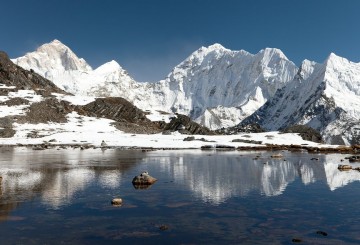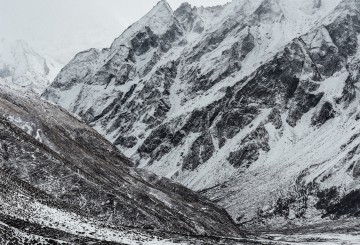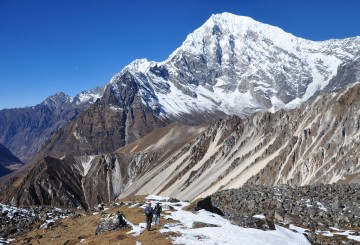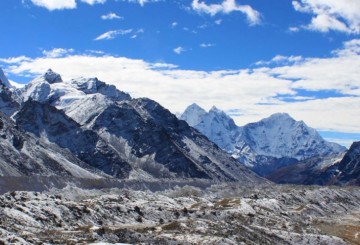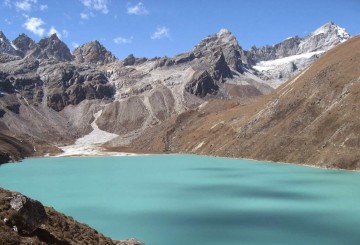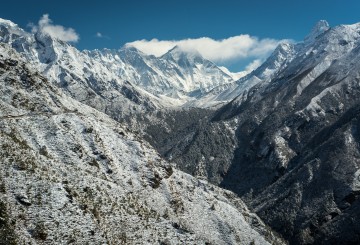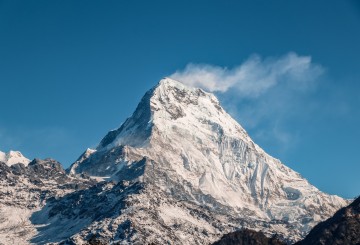need to have an outline of the Valley and no time or will to trek for a long time to the most elevated focuses. Outlined Itinerary: Day 1: Arrival in Kathmandu (1,400 m) Day 2: Day sightseeing in Kathmandu Durbar Square, Pashupatinath and Swayambhu Day 3: Flight to lukla and trek to Phakding Day 4: Trek to Namche Day 5: Acclimatization day in Namche Day 6: Trek to Thame Day 7: Kongde Day 8: Summit pharak peak – 4950m Day 9: Summit sherpa peak – 5050m Day 10: Descend Phakding Day 11: Descend to lukla Day 12: Flight to Kathmandu Day 13: Final Departure or Join another tour/trek (1,400 m) Daily Itinerary: Day 1 - Arrival in Kathmandu Upon arrival in the Tribhuvan International Airport (TIA), a representative from Himalayan Sherpa Adventure will greet you and help you get to the designated hotel. We will have short sightseeing and dinner around the circuit of Bouddhanath Stupa. Overnight at Hotel Mulberry, Thamel, Kathmandu. Bed and breakfast included.

Destination: Nepal Arrival on: Kathmandu, Nepal Departure from: Kathmandu, Nepal Difficulty: Strenuous Tour Style: Trekking Transportation: Private Accommodation: We will be staying at hotels depending on the guests preference. Meals: Bed and Breakfast included OR Breakfast will be served by your hotel during your stay in Kathmandu in a Buffet-style. We will also host one complimentary dinner on the day of your arrival/departure.
“Extraordinary and unique, never to be overlooked”
This trek allows you to explore the Everest region of Nepal on a relatively short trip in comfort and style while gaining views of all the principle peaks of the Khumbu including four peaks over 8000 m, Everest, Lhotse, Makalu, and Cho Oyu. We will fly to Lukla then start our trek to Namche. From Namche we head west to the Sherpa village of Thame. Our trek continues climbing up the Kongde ridge across the valley from Thame and Namche where we will stay at the beautifully situated Kongde Hotel at 4200 m high above the Khumbu valley with a stunning panoramic view including Mt. Everest, Lhotse, Ama Dablam among others. When you get to the highest point of the slope, it helps your eyes and heart, accomplishes the sentiment of heaven. We will spend 2 days at Kongde exploring the magnificent scenery including day hikes up to Kongde Lake, and Kongde Ri where the panoramic view only improves as the 8000 m peaks of Makalu and Cho Oyu also come into view. Besides, the settlement with Sherpa hospitality at the highest point of Kongde, slope will amaze one with questions and add additional flavor to the whole trek.
Nepal on a relatively short trip in comfort and style while gaining views of all the principle peaks of the Khumbu including four peaks over 8000 m, Everest, Lhotse, Makalu, and Cho Oyu. We will fly to Lukla then start our trek to Namche. From Namche we head west to the Sherpa village of Thame. Our trek continues climbing up the Kongde ridge across the valley from Thame and Namche where we will stay at the beautifully situated Kongde Hotel at 4200 m high above the Khumbu valley with a stunning panoramic view including Mt. Everest, Lhotse, Ama Dablam among others. When you get to the highest point of the slope, it helps your eyes and heart, accomplishes the sentiment of heaven. We will spend 2 days at Kongde exploring the magnificent scenery including day hikes up to Kongde Lake, and Kongde Ri where the panoramic view only improves as the 8000 m peaks of Makalu and Cho Oyu also come into view. Besides, the settlement with Sherpa hospitality at the highest point of Kongde, slope will amaze one with questions and add additional flavor to the whole trek.
It is an incredible option in contrast to the individuals who need to have an outline of the Valley and no time or will to trek for a long time to the most elevated focuses.
-
Day 1 - Arrival in Kathmandu
-
Day 2 - Sightseeing of Kathmandu Durbar Square, Pashupatinath and Swayambunath
After breakfast and a short briefing on the itinerary, we will start the day with our sightseeing program to Kathmandu Durbar Square, Pashupatinath and Swayambhunath. Kathmandu Durbar Square consists of multiple old Pagoda temples and palaces, where Kings of Nepal used to be crowned; hence being the historic seat of the Nepalese royalty. Pashupatinath is a holy pilgrimage site for Hindu people across southern Asia and one of the famous Hindu Temples in the world build by the Lichchhavi King Supuspadeva in 465- 500 AD. This Shiva temple is located in the banks of Bagmati River and is also a cremation site for the Hindu’s. More than 2000 years old, Swayambhunath is a glorious Buddhist Stupa located three kilometers west of Kathmandu city. Popularly known as the “Monkey representative from Himalayan Sherpa Adventure will greet you and help you get to the designated hotel. We will have short sightseeing and dinner around the circuit of Bouddhanath Stupa. Overnight at Hotel Mulberry, Thamel, Kathmandu. Bed and breakfast included. Day 2 - Sightseeing of Kathmandu Durbar Square, Pashupatinath and Swayambunath After breakfast and a short briefing on the itinerary, we will start the day with our sightseeing program to Kathmandu Durbar Square, Pashupatinath and Swayambhunath. Kathmandu Durbar Square consists of multiple old Pagoda temples and palaces, where Kings of Nepal used to be crowned; hence being the historic seat of the Nepalese royalty. Pashupatinath is a holy pilgrimage site for Hindu people across southern Asia and one of the famous Hindu Temples in the world build by the Lichchhavi King Supuspadeva in 465- 500 AD. This Shiva temple is located in the banks of Bagmati River and is also a cremation site for the Hindu’s. More than 2000 years old, Swayambhunath is a glorious Buddhist Stupa located three kilometers west of Kathmandu city. Popularly known as the “Monkey Temple” because of the heavy population of Monkeys found in the hills, you can see many harmless monkeys while exploring the stupa. However, we do advise you to be wary of your belongings as the monkeys may snatch them if found accessible. The stupa contains medley of small Stupas and Pagoda temples, which is highly respected and visited on a daily basis by many Buddhist people. Overnight at Hotel Mulberry in Kathmandu. Bed and breakfast included.
-
Day 03. Phakding 2600m 4 walking hrs
Early morning after our breakfast we head out for our flight to lukla which is about 30-40 mins flight from kathmandu. During our flight we get the opportunity to see few mountains on our left side. Lukla flight as understood being one of the most dangerous airport might not be as dangerous once you land or maybe you will think that it’s one of the wonderful flight you have ever been. While we take a taste of our coffee with our energy getting refueled in the wake of escaping from city crowd, our porters and team prepare for our journey. We have a descending trail for today just to acclimatize at phakding, sherpa shangrila resort
-
Day 04 Namche – 3450m 6 walking hrs
After breakfast, we start out our walk to namche; as we follow the level path along the right bank from the resort. Thamserku 6623m looms skyward on the opposite bank. The trail takes us with all the ups and downs with all the nature refreshing our soul we reach some villages with all the amazing sherpa people. While we register for the permits in our office, we see a lot of local young youths preparing their substantial baggage on their back for their journey up ahead; where everybody dreams to turn into a climber sometime in the not so distant future. From here, we cross the jorsalle village and come upon a forested mountainside along the dudh kosi river. After crossing two suspension bridge named; a life time moment not to be missed and a short walk along the bhote kosi, we ascend to namche bazar. We stay in khumbu lodge for the night.
-
Day 05 namche:excursion day/acclimatization day 5 walking hrs
We wake up late as it is acclimation day, also have option to hike up to khumjung village that is 400m incline from namche. Khunjung being one of the biggest sherpa After breakfast, we start out our walk to namche; as we follow the level path along the right bank from the resort. Thamserku 6623m looms skyward on the opposite bank. The trail takes us with all the ups and downs with all the nature refreshing our soul we reach some villages with all the amazing sherpa people. While we register for the permits in our office, we see a lot of local young youths preparing their substantial baggage on their back for their journey up ahead; where everybody dreams to turn into a climber sometime in the not so distant future. From here, we cross the jorsalle village and come upon a forested mountainside along the dudh kosi river. After crossing two suspension bridge named; a life time moment not to be missed and a short walk along the bhote kosi, we ascend to namche bazar. We stay in khumbu lodge for the night. Day 05 namche:excursion day/acclimatization day 5 walking hrs We wake up late as it is acclimation day, also have option to hike up to khumjung village that is 400m incline from namche. Khunjung being one of the biggest sherpa community in solokhumbu has a many monasteries a well renowned hillary high school which was buit by sir. Edmund hillary. Khumjung also has an attraction for yeti scalp a mystical creature believed to have roamed in the mountains. Starting today we start to see some glimpse of mt.everest. We will enjoy magnificent views of thamserku, kangtega, ama dablam, lhotse and everest during the excursion. After our nice hike we descend down to namche for our stay in khumbu lodge.
-
Day 06 Thame 3900m 4 walking hrs
We have 4 hours easy walk trail to thame via thamo. This trail is the entry route to tibet through nangpa la pass. Nearby is cho oyu 8012m, which was first, summited in 1954. We stop for lunch at thamo, the village of ang rita sherpa, who summited everest eleven times without oxygen. . “tenzin norgay sherpa” was also born in thame; he was alongside with sir.endmund hillary to climb mt.everest for the very first time ever. after crossing the bhote koshi river we stop for lunch. After lunch we will reach thame village. Overnight at thamel hotel
-
Day 07 kongde 4200m 7 walking hrs
After breakfast we take a walk for 6/7 hours through the forest till kongde. Today during our walk we shall not encounter any villages, even trekkers sometimes. It is going to be one of the longest and toughest parts of the entire trek campaign until we get the pleasurable experience with a beautiful panoramic views of mt. Everest, lhotse, cho-oyu, gyjungkhang, pumori, nuptse, ama dablam, tawache, thamserku and kusum khangkaru and other peaks while walking. We stay at kongde hotel for the night.
-
Day 08 summit pharak peak – 4950m 5 walking hrs
After breakfast, as we have to return back to our hotel for the night stop we leave our heavy backpack in our lodges move forward just with our digital cameras. We climb for the summit of pharak peak (optional)4950m for the great panoramic views of entire everest region including makalu and kanchenjunga. The view of the solukhumbu range from here is like no other. It will take us approximately four to five hours trip to the pharak peak summit and back to the hotel. Overnight at kongde hotel
-
Day 9 summit sherpa peak – 5050m 5 walking hrs
On this day we climb up for 3 to 4 hours to the sherpa peak 5050m for the great view of cho oyu, rolwaling mt. Everest himalayas range, sumdur himal and other khumbu himalayas. From the top of this peak, you can see the kongde himal at a close range and you can feel that you are nearing the summit of kongde peak. After the summit, our guide will lead us to the kongde glacial lake call "tso jemu" means the beautiful lake, just half an hour below the peak. The trip to the lake would be one of the dramatic trips. We stay at kongde hotel for the night
-
Day 10 phakding 2600m 4 walking hrs
Today, we have a steep 5 hours walk down to phakding through brown hill and green forest with a lot of adventurous trails that demands a lot of attention from us. We look out for many himalayan thar some red pandas to the hotel. Overnight at kongde hotel Day 9 summit sherpa peak – 5050m 5 walking hrs On this day we climb up for 3 to 4 hours to the sherpa peak 5050m for the great view of cho oyu, rolwaling mt. Everest himalayas range, sumdur himal and other khumbu himalayas. From the top of this peak, you can see the kongde himal at a close range and you can feel that you are nearing the summit of kongde peak. After the summit, our guide will lead us to the kongde glacial lake call "tso jemu" means the beautiful lake, just half an hour below the peak. The trip to the lake would be one of the dramatic trips. We stay at kongde hotel for the night Day 10 phakding 2600m 4 walking hrs Today, we have a steep 5 hours walk down to phakding through brown hill and green forest with a lot of adventurous trails that demands a lot of attention from us. We look out for many himalayan thar some red pandas and many birds while we enjoy the descend. We can also see some great views of thamserku, kusum khangkaru and scenic views of sherpa villages around phakding. Overnight stay at sherpa shangrila resort.
-
Day 11 trek to lukla 2800m 4 walking hrs
After breakfast, we take a 4 hours easy walk to lukla. On our way back, we visit the chaurikharka high school, kyongma monastery, buddhist stupas and villages. Today will be our last night in khumbu area as we polish it off with some nepali drinks and hit the dance floor with our group and realizing the trek period was not sufficient.overnight halt at khumbu resort.
-
Day 12 kathmandu 1400m 35 min flight
We leave by the early morning flight for kathmandu and transfer to hotel after reaching kathmandu. Afternoon free. Overnight in hotel mulberry.
-
Day - 13 Final Departure or Join another tour/trek
After breakfast, we pack our luggage and belongings and head for the airport 3 hours prior to the departure.
What's Included ?
- All airport and hotel transfers
- 3 nights of hotel stay in Kathmandu on Bed & Breakfast basis
- Professionally trained and experienced tour guide and assistant guides
- Welcome/or Farewell Dinner
- Transportation in our private company vehicle
- Entrance permit and fees for all the Heritage sites
- All government and local taxes
What's Excluded ?
- Lunch and Dinner in Kathmandu
- Tips for guides and drivers
- Personal expenses
- Personal Insurance– travel and rescue insurance
- Airfare for international flights to and from Kathmandu
- Rescue services
- Nepalese visa fee
- Services not mentioned in the “Included” section
-
-
What is the best time to visit the Everest region?
- The most popular months for trekking in the Everest region are March, April, May and September, October, November, as these months are when the conditions are at their best. The spring and autumn tend to offer reasonable temperatures, clear skies, little to no rain and less chance of problematic snowfall. The average temperature around this time can range from a high around 20 degree Celsius during the day to -15 degree Celsius at night. - December, January and February have colder temperatures and are less frequently travelled, but this should not deter you from making your trip to the Everest region during these months. The weather is very clear allowing you to see all the majestic mountains and most of the lodges and tea houses are open during this time. Best of all, you don’t have to deal with crowds and will have all the views to yourself!
-
How do you get to the Everest region?
- The most popular way to travel the Everest region is by a short 30 minutes flight from Kathmandu to Lukla. Lukla is the starting point for all treks in this region.- There is an alternative way to reach the Everest region by driving from Kathmandu 12 hours to the village of Solu and walking for 2 additional days to reach Lukla.
-
What is the luggage weight limit on flights to the Everest region? Do we need to use duffle bags instead of regular luggage (with frame and roller)?
- The luggage weight limit on Everest flights are 15 kgs luggage and 5 kgs of hand carry (personal backpack). Before you start your trek, any unwanted luggages can be left in your hotel in Kathmandu. They will happily store it for you as you will be using the same hotel once your trek ends. - Yes, Duffle bags are better while in the trek because it can store more luggages and helps our porter to manage his load better.
-
Where will we be staying during our trek and what to expect from the accommodations? What kind of meals should I expect during the trek?
- We use only the best available accommodations during our treks which can include hotels, lodges and tea houses. Through our decades of experience, we have selected these places for their hygiene, amenities and client satisfaction. - During your trek the food choices might be more limited but you can always expect to find staples such as Dal Bhat, driving from Kathmandu 12 hours to the village of Solu and walking for 2 additional days to reach Lukla. 3. What is the luggage weight limit on flights to the Everest region? Do we need to use duffle bags instead of regular luggage (with frame and roller)? - The luggage weight limit on Everest flights are 15 kgs luggage and 5 kgs of hand carry (personal backpack). Before you start your trek, any unwanted luggages can be left in your hotel in Kathmandu. They will happily store it for you as you will be using the same hotel once your trek ends. - Yes, Duffle bags are better while in the trek because it can store more luggages and helps our porter to manage his load better. 4. Where will we be staying during our trek and what to expect from the accommodations? What kind of meals should I expect during the trek? - We use only the best available accommodations during our treks which can include hotels, lodges and tea houses. Through our decades of experience, we have selected these places for their hygiene, amenities and client satisfaction. - During your trek the food choices might be more limited but you can always expect to find staples such as Dal Bhat, Noodles/ Chowmein, Fried rice, Sandwiches, Soups and French Fries. You can also find some vegetarian options as well. Another common popular Nepali dish is Momo (dumpling) which is very popular among the locals. Make sure to try one when you can.
-
Do we need to bring towel, toilet paper? Does all the hotels/ lodges on the route provide bathroom, hot shower and toiletries?
- Not all hotels/ lodges provide the above following. We recommend all our clients to bring their own toiletries. Some hotels will provide attached bathroom with hot shower in your room while others will just provide a common bathroom. - The Everest region is still a remote area with no proper road access. Hence, most of the goods and supplies in this region have to be flown via air. This makes it very difficult and expensive to provide all the facilities. Some of the lodges in the lower Everest region will provide most of the facilities but you need to understand that the higher you trek, the lesser facilities will be available.
-
Do we need to bring a sleeping bag and how warm will the room be?
- Up until Namche, you will not be needing a sleeping bag. You will only need a sleeping bag in the higher elevation like around Everest base camp. Some lodges will give extra blankets but having your own sleeping bag is better. Your porter will put your sleeping bags in the duffle bags that he carries. If you don’t have a sleeping bag, you can always buy one in Kathmandu or rent through our company.
-
If we bring water bottle, where can we refill clean drinkable water?
- Unfortunately, the Everest region does not have a system of refilling clean drinkable water. The only way to do so is to purchase a bottle mineral water and then to pour it onto your water bottle. Purchasing mineral water is very easy in the Everest region but please know that the higher you go, so will the price of water. Also, please remember to recycle the plastic bottle or to give it to your guide or the lodge who will recycle it. It is not advisable to drink tap water. Please only use mineral bottle water or boiling water.
-
What about Laundry services and ATM’s along the trek route? Do they accept US dollar during the trek?
- Laundry machines are very rare in the mountains so please check with your guide for this services. Trekkers usually will not have big laundry during the trek and the little items such as socks and towels can be hand washed and later dried in the sun or by the fire. Most trekkers will only do their laundry once they are back in the capital Kathmandu where you can find plenty of Laundry services. 7. If we bring water bottle, where can we refill clean drinkable water? - Unfortunately, the Everest region does not have a system of refilling clean drinkable water. The only way to do so is to purchase a bottle mineral water and then to pour it onto your water bottle. Purchasing mineral water is very easy in the Everest region but please know that the higher you go, so will the price of water. Also, please remember to recycle the plastic bottle or to give it to your guide or the lodge who will recycle it. It is not advisable to drink tap water. Please only use mineral bottle water or boiling water. 8. What about Laundry services and ATM’s along the trek route? Do they accept US dollar during the trek? - Laundry machines are very rare in the mountains so please check with your guide for this services. Trekkers usually will not have big laundry during the trek and the little items such as socks and towels can be hand washed and later dried in the sun or by the fire. Most trekkers will only do their laundry once they are back in the capital Kathmandu where you can find plenty of Laundry services. - ATM’s are also available but only in certain places. So we urge you to use the ATM’s in Kathmandu where there are plenty and also their service fee will be comparatively less than in the mountains. - Yes they accept US dollar in the mountains but you will get a better deal if you exchange it in Kathmandu in the money exchange shops.
-
Is Internet/ Phone available up in the mountains? How do I charge my electronics?
- Internet is available but you will need to purchase it from the lodges. If you have bought a Nepali sim card then depending on the subscription, you can also get mobile data services but this is not a guarantee in all areas of the mountain. If your trek is above 4,000 meters high, we will send a company satellite phone along with the guide just in case of an emergency. - We recommend that our clients bring a power bank with them as electricity is limited especially at higher altitudes. We also found out through some of our clients that the solar powered power bank works well during the trek. So we recommend to have both or at least a power bank. Some lodges will provide free electricity for you to charge your power bank and in higher altitudes you may have to pay to charge your electronics. urge you to use the ATM’s in Kathmandu where there are plenty and also their service fee will be comparatively less than in the mountains. - Yes they accept US dollar in the mountains but you will get a better deal if you exchange it in Kathmandu in the money exchange shops. 9. Is Internet/ Phone available up in the mountains? How do I charge my electronics? - Internet is available but you will need to purchase it from the lodges. If you have bought a Nepali sim card then depending on the subscription, you can also get mobile data services but this is not a guarantee in all areas of the mountain. If your trek is above 4,000 meters high, we will send a company satellite phone along with the guide just in case of an emergency. - We recommend that our clients bring a power bank with them as electricity is limited especially at higher altitudes. We also found out through some of our clients that the solar powered power bank works well during the trek. So we recommend to have both or at least a power bank. Some lodges will provide free electricity for you to charge your power bank and in higher altitudes you may have to pay to charge your electronics. - Tip: Batteries will lose their charge fast in colder temperatures. So we recommend tucking your electronics in your blanket/ sleeping bag or you might find your phone/ camera dead in the morning.
-
How common is Altitude Sickness? What to do if I get one?
- While trekking in the Himalayas, there is always a chance of dealing with Altitude sickness, but there are many things that you can do to minimize the risks. Our itinerary programs are carefully designed to ascend slowly and to provide proper acclimatization activities. Our experienced guides will remind you to stay hydrated and also look out for any early signs of distress. - Our guides receive training every year on Altitude sickness. If they think that you are showing symptoms of Altitude sickness, they might perform some simple diagnostic tests such as checking your oxygen level or asking you to walk in a straight line. The most effective treatment for altitude sickness is to descend to a lower elevation. However, in severe cases or certain conditions where descending is not possible our guides will coordinate an air evacuation as soon as possible. - Note: All of our guides are trained to administer oxygen. Every trek that goes above 4,000 meters will be equipped with an oxygen cylinder and a satellite phone incase of an emergency.
-
Do we need to carry travel insurance?
- Yes, travel insurance is mandatory while trekking with us. Please ensure that your insurance covers air evacuation service. While trekking to the Himalayas, there is a risk of dealing with an altitude sickness. In case of such emergencies, your air evacuation insurance will help you cover the cost or else the trekker will have to solely bear the costs. Our treks are organized in a very thoughtful manner so you will not have to face such adversities, but we always want our guests to travel in a peace of mind.
-
Do I need guide and porters for my trek?
- Yes, having a trekking guide and porter is necessary part of your journey. We have our team of guides and porters who work with us every season. Guides and Porters are an integral part of what we do so they are a vital team member. All of our guides are trained every year on leadership skills and basic first aid skills. Our porters are treated fair by limiting the weight they carry and paying well for the job they do. Trekking in high altitude requires good support team and it is very important to have trekking guide and porter along with you. We treat our porters fairly by only allowing 24 kgs of maximum load and limit per trekker a maximum of 12 kgs (26 lbs) to be carried. 1 porter can carry the load of 2 clients.
-
Do I have to tip my guide/ porter?
- Tipping culture is not mandatory but highly appreciated. Please keep in mind that our guides/porters will not ask you for anything– including tips. However, if you think that they have performed well while doing their job, and earn your appreciation or a "thank you", you may by all means tip them any amount you find reasonable. Typical guidelines on tipping the guides are $5 - $10 per day and for porters $3 - $5 per day. Most clients often leave tips in the last night of their trek.
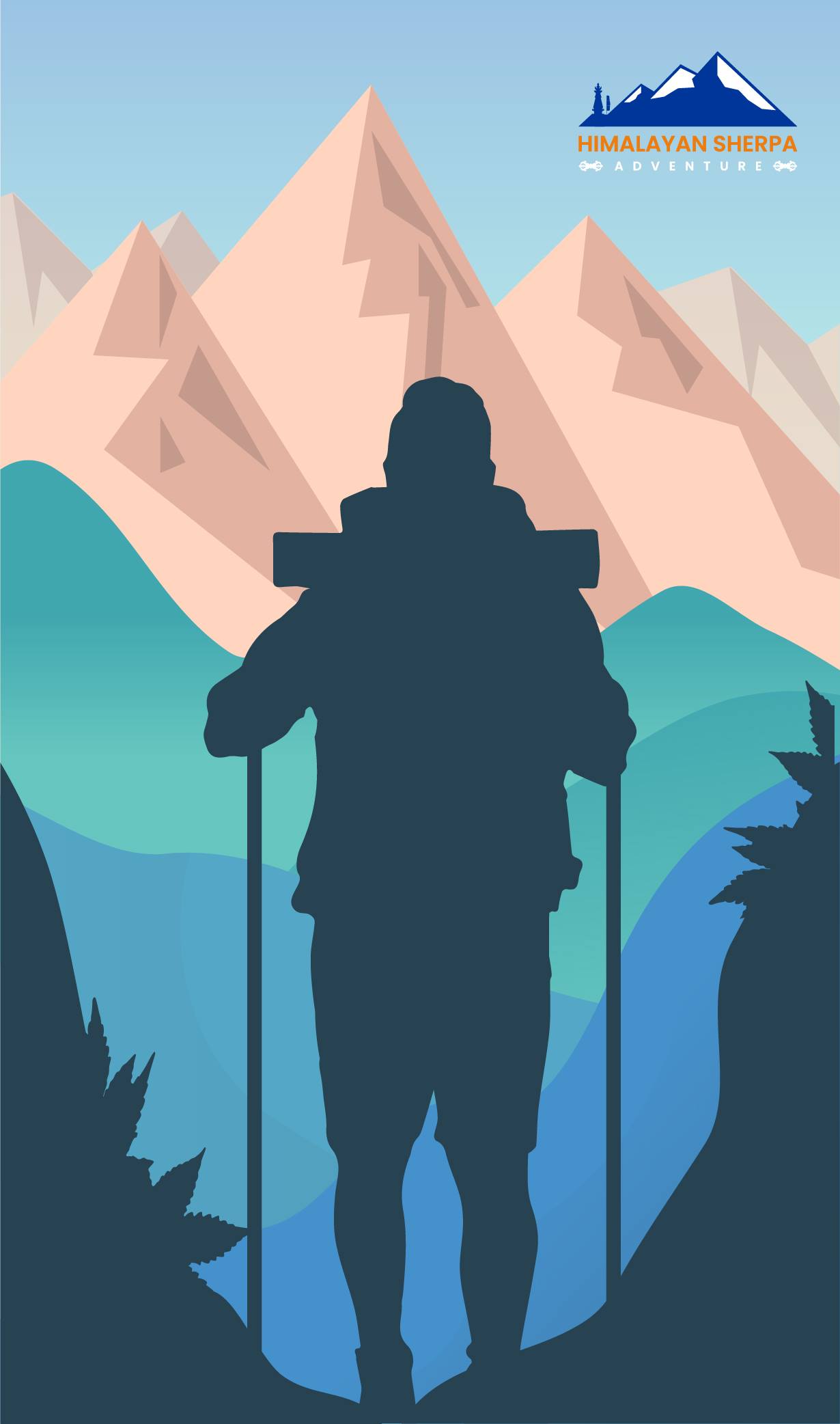
-
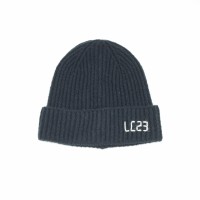
hats/beanie
-

Sunglasses
-
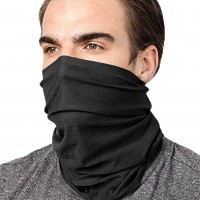
Scarf/Buff.
-

Candies/sweets
-
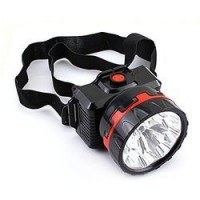
Headlights.
-
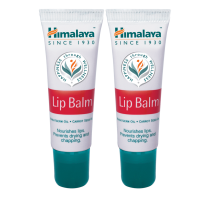
Lip balm
-

Sunscreen
-
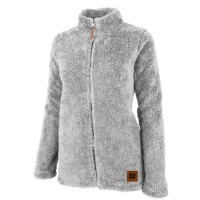
A warm fleece
-
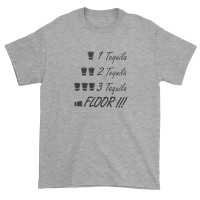
fewT shirts/ long and short sleeve shirts.
-
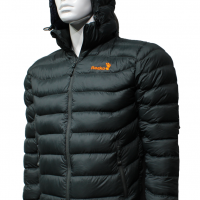
Daun Jacket
-
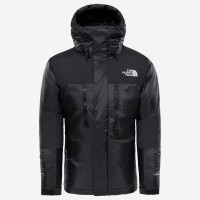
Windstopper jacket
-
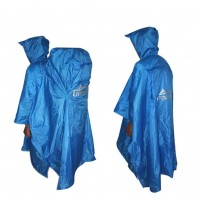
ponchos/Raincoat
-
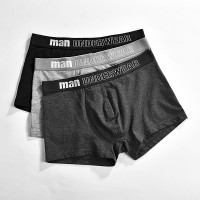
A few pieces innerwear.
-
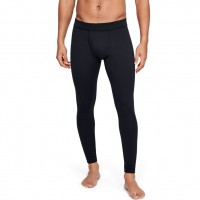
few pairs ski underwear
-
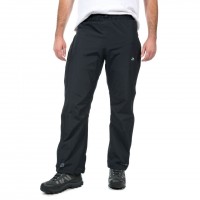
windproof trouser
-
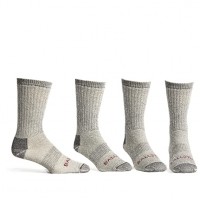
pairs of Trekking Socks
-

pairs woolen socks.
-

Slipper & Sandals
-
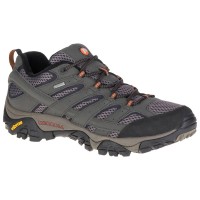
trekking shoes
-
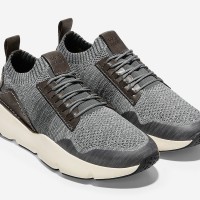
one comfortable shoes
-
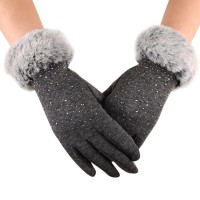
thin gloves & think gloves
-
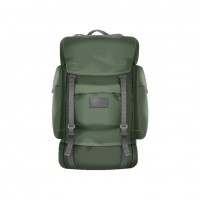
backpack / Rucksack (waterproof)
-

Sleeping bag -10* C
-
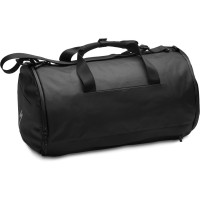
Duffel bag
-
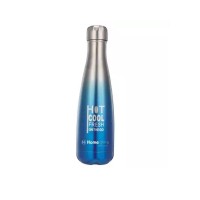
Water bottle
-
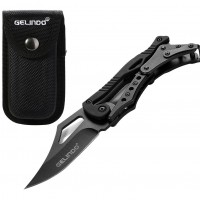
Pocket knife
-
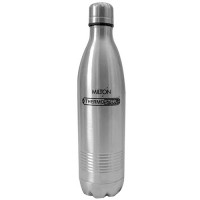
thermos
-
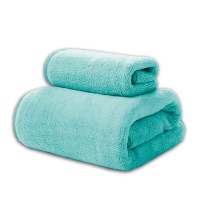
Towel & hand towel
-
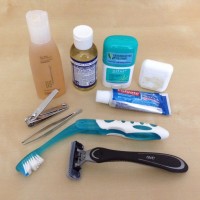
Toiletries
-

Trekking poles

You May Also Like


